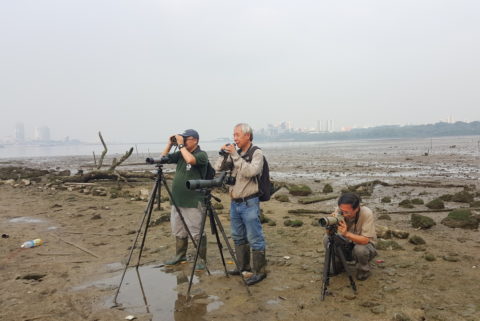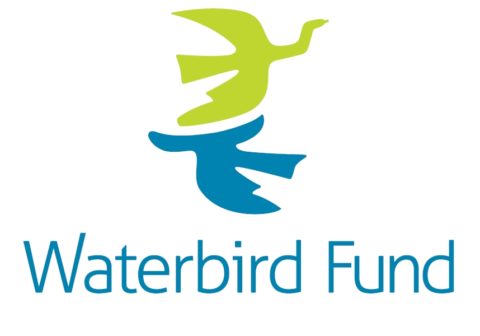
Participate in the Asian Waterbird Census 2018
-
Asian Waterbird Census
The Asian Waterbird Census (AWC) is part of the global International Waterbird Census (IWC). This citizen-science programme is supporting conservation and management of wetlands and waterbirds worldwide.
The information helps to promote the designation and management of internationally important sites such as nationally protected areas, Ramsar Sites, West/Central Flyway Site Network, East Asian – Australasian Flyway Network Sites and Important Bird and Biodiversity Areas (IBAs) as well as helps in identifying and protecting new sites of importance for waterbirds. The result of the census and information are also used to promote national waterbird and wetland conservation and international cooperation along the Central Asian Flyway and East Asian – Australasian Flyway.

Come, join us and be a part of the 2018 count programme!
The recommended dates for the AWC 2018 counts are Saturday 6 to Sunday 21, January 2018, covering two weeks and three weekends, when we should encourage you to count waterbirds. These dates are for guidance only and counts from any date in January are very welcome.
Guidance and Reporting
If you have participated in a previous count for a particular site, kindly cover the site this year and report on it using the latest count submission forms. We encourage you to cover as many sites as possible and encourage more participation. Submission of forms should be done by end February 2018 at the latest.
Protocol for waterbird counting : A general introduction to counting waterbirds for the International Waterbird Census.
Digitising Site Boundaries : Drawing the boundaries of a site or count area on a map is key to ensuring consistent coverage from year to year. This is a simple guidance to the various options to make digital boundaries for sites and submit these with your counts
Counting across Asia-Australasia
Kindly enquire with your country/regional coordinators for the appropriate AWC Site and Count forms to report your observations. Submit these forms to your coordinator. If there is no coordinator, kindly send your forms to [email protected] or if submissions are to be made by post, forms should be sent to Wetlands International South Asia office
In India
The AWC is jointly coordinated by the Bombay Natural History Society and Wetlands International. Do be aware of the following:
- A reference list of internationally important AWC sites and wetland IBAs in India that we encourage you to cover during these counts.
- AWC India 2018 data submission can be in one of three ways (as in 2017):
- AWC Data Entry Form 2018 (in Excel) with updated taxonomy and site list.
- AWC Data Entry Form 2016 version (MS Word file)
Kindly provide completed forms through your State Coordinator, with a copy to [email protected] and [email protected]. If there is no State Coordinator, kindly send them directly to [email protected] and [email protected]. If submissions are to be made by post, forms should be sent to Wetlands International South Asia, A-25, Second floor, Defence Colony, New Delhi, 110024, India.
3. eBird India platform+ AWC eBird 2018 Site Form
For those familiar with eBird (and its mobile application), since AWC 2016, we have introduced an online data submission through the eBird India platform developed in collaboration with Bird Count India and Bombay Natural History Society. For each wetland covered, upload your counts to eBird and fill out the Google AWC eBird Site information form.
Do note that only eBird submissions accompanied by an AWC India-eBird Site Information entry will be accepted and included in the national AWC overview. So kindly complete the regular eBird count and this Site form for each site separately. Participants are requested to submit both by end of January 2018. If you have any questions, please contact [email protected] and [email protected].

Generating support for monitoring

Through the newly established global Waterbird Fund www.waterbird.fund, we can now receive dedicated funds to channel to our network to fill geographic gaps, strengthen local capacity to implement monitor waterbirds as well as remote wetlands that are not being regularly counted. We aim to target new funding sources to secure contributions to support our network, including conservation organisations, governments, birders, hunters and their clubs and associations, foundations, as well as the public with an interest in waterbirds and the environment.Do consider making a donation to help strengthening monitoring in the region.
We invite your active participation to make this special year count for waterbird and wetland conservation on the ground!
